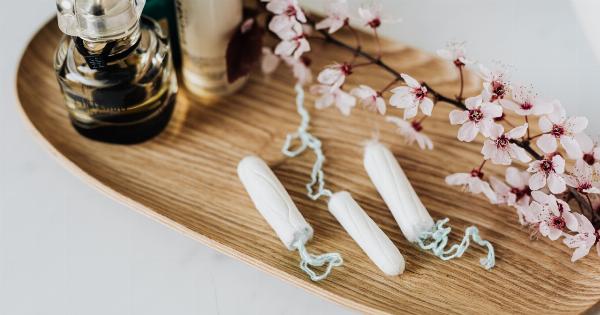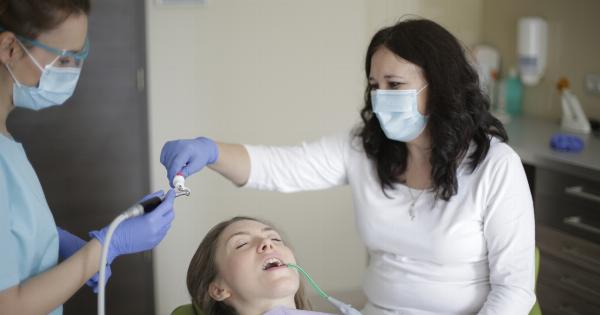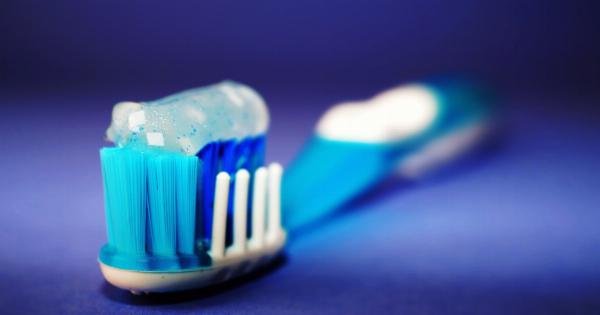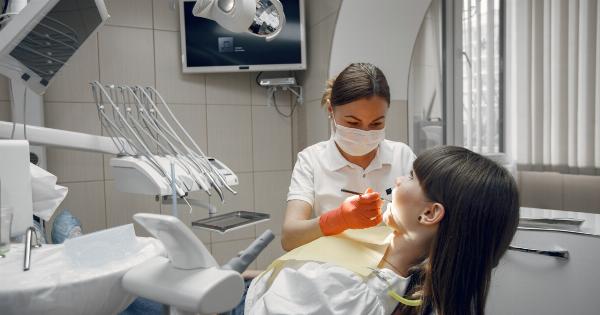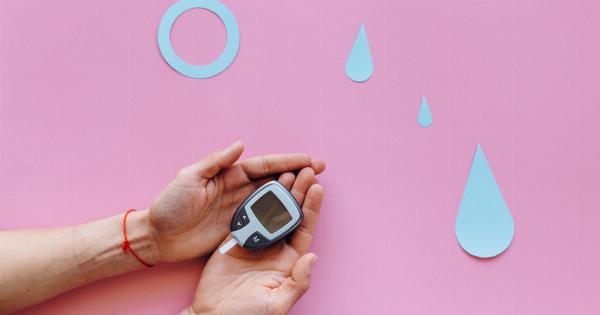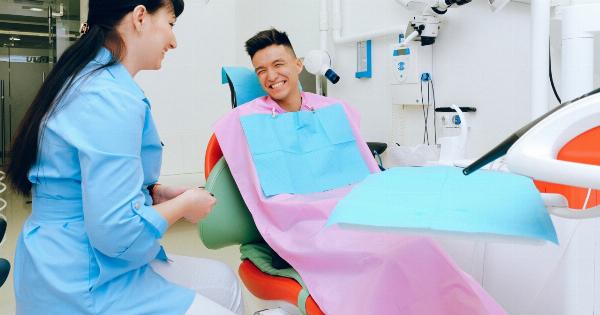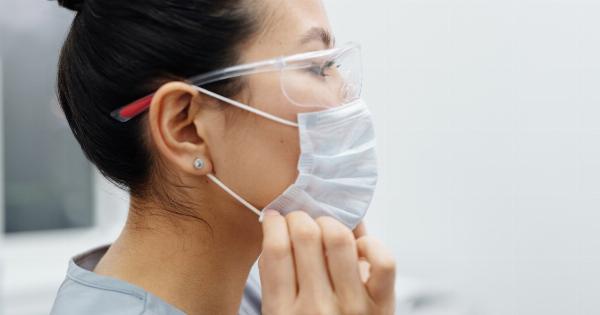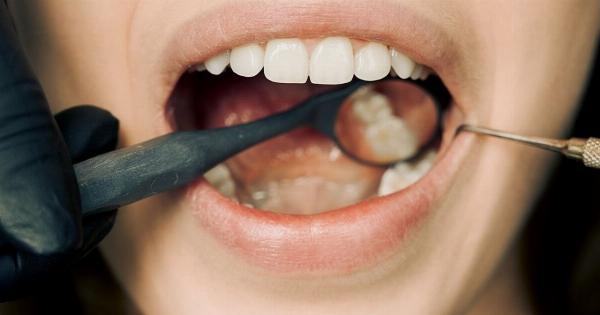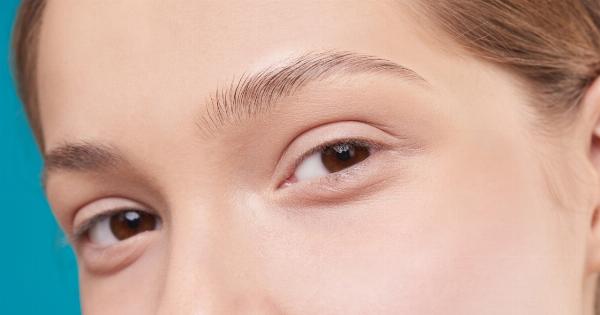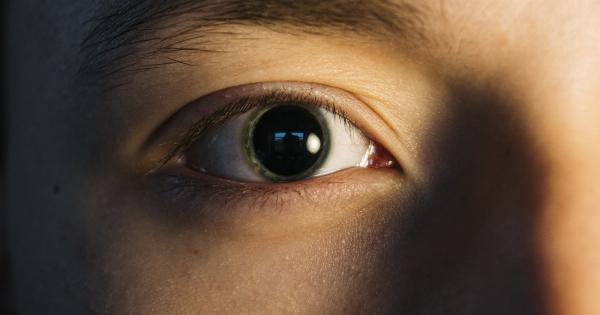Many women experience various symptoms during their menstrual cycle, such as bloating, cramps, and mood swings.
However, did you know that hormonal changes throughout your cycle can also impact your oral health? It may come as a surprise, but there is a connection between your period and gum inflammation. In this article, we will delve into this fascinating topic and explore how hormonal fluctuations during your menstrual cycle can affect your gums.
Understanding Gum Inflammation
Gum inflammation, also known as gingivitis, is a common oral health issue that involves the inflammation of the gums. It is typically caused by the buildup of plaque on teeth, leading to bacterial growth and irritation of the gum tissue.
Symptoms of gum inflammation include redness, swelling, tenderness, and bleeding gums. If left untreated, gingivitis can progress to a more severe form of gum disease called periodontitis, which can cause irreversible damage to the gums and even lead to tooth loss.
The Role of Hormones
Hormones play a significant role in the occurrence and severity of gum inflammation in women. Two key hormones involved in this process are estrogen and progesterone.
These hormones fluctuate throughout the menstrual cycle, with estrogen levels rising before ovulation and progesterone levels peaking after ovulation. These hormonal shifts can impact the blood flow to the gums and alter the body’s response to bacteria, making women more susceptible to gum inflammation during certain phases of their menstrual cycle.
Menstrual Phase and Gum Inflammation
During the menstrual phase, which occurs from the start of menstruation until ovulation, estrogen and progesterone levels are low. This hormonal balance reduces the blood flow to the gums and makes them more vulnerable to inflammation.
Women may experience increased gum sensitivity and bleeding during this phase. It is crucial to maintain good oral hygiene practices and regular dental check-ups, particularly during this time, to prevent gum inflammation from progressing.
Preovulatory Phase and Gum Health
The preovulatory phase is when estrogen levels start to rise, leading to increased blood flow to the gums. This surge in estrogen can have a protective effect on the gums, reducing the risk of gum inflammation.
However, it is still essential to maintain a consistent oral hygiene routine to prevent any potential issues.
Luteal Phase and Gum Inflammation
The luteal phase, which occurs after ovulation and just before menstruation, is characterized by an increase in progesterone levels. Progesterone causes blood vessels to dilate, increasing blood flow to the gums.
This can result in gum inflammation and heightened sensitivity. It is during this phase that women may experience more significant gum issues, such as swelling, tenderness, and bleeding.
Oral Care Tips for Every Phase
To minimize the impact of hormonal fluctuations on your gum health, it is essential to follow good oral hygiene practices throughout your menstrual cycle. Here are some tips to consider:.
1. Brush and Floss Regularly
Brush your teeth at least twice a day using a soft-bristled toothbrush and fluoride toothpaste. Floss daily to remove plaque and debris from hard-to-reach areas between your teeth.
Proper oral hygiene helps prevent gum disease and maintain overall oral health.
2. Use an Antiseptic Mouthwash
Rinsing with an antiseptic mouthwash can help kill bacteria and reduce plaque buildup. Look for an alcohol-free mouthwash with antibacterial properties for best results. Incorporate mouthwash into your oral care routine after brushing and flossing.
3. Maintain a Healthy Diet
A balanced diet rich in essential nutrients, such as vitamin C and calcium, promotes gum health. Include plenty of fruits, vegetables, and dairy products in your diet.
Cut back on sugary and acidic foods and beverages, as they can contribute to dental problems.
4. Stay Hydrated
Drinking an adequate amount of water helps promote saliva production, which plays a vital role in oral health. Saliva helps neutralize acids, wash away food particles, and protect the gums and teeth against bacteria.
5. Visit Your Dentist Regularly
Regular dental check-ups and professional cleanings are crucial for maintaining optimal gum health. Your dentist can identify early signs of gum inflammation or other oral health issues and provide appropriate treatment.
When to Seek Professional Help
If you notice persistent gum inflammation, swelling, tenderness, or bleeding that goes beyond what you normally experience during your menstrual cycle, it is essential to seek professional help.
Your dentist can assess the situation, determine the underlying cause, and recommend suitable treatment options.
Conclusion
The connection between your period and gum inflammation highlights the intricate relationship between hormonal changes and oral health.
By understanding how hormonal fluctuations during each phase of your menstrual cycle can influence your gums, you can take proactive steps to maintain optimal gum health. Practicing good oral hygiene, following a healthy diet, and visiting your dentist regularly are key to preventing gum inflammation and promoting overall oral well-being.

